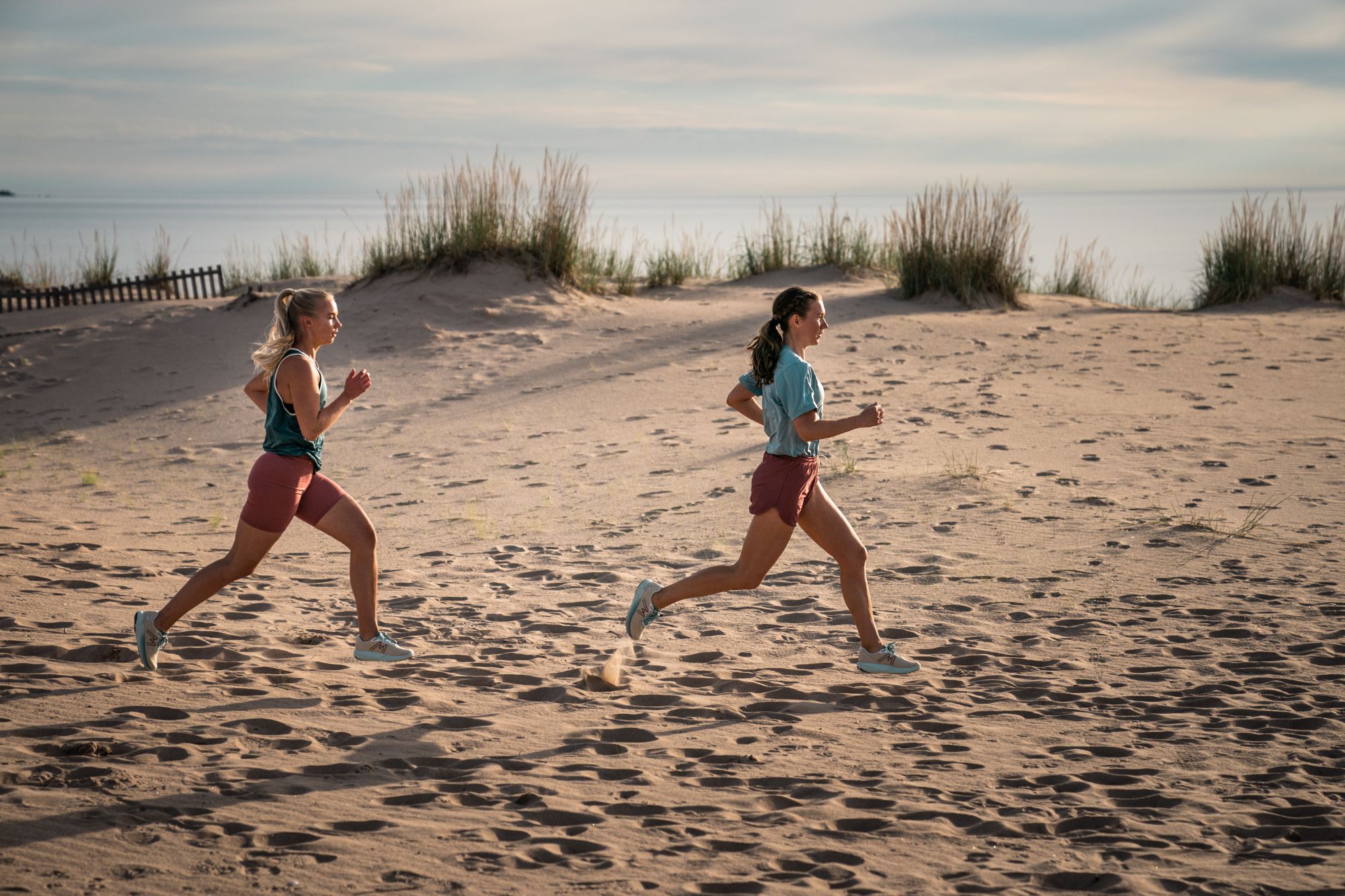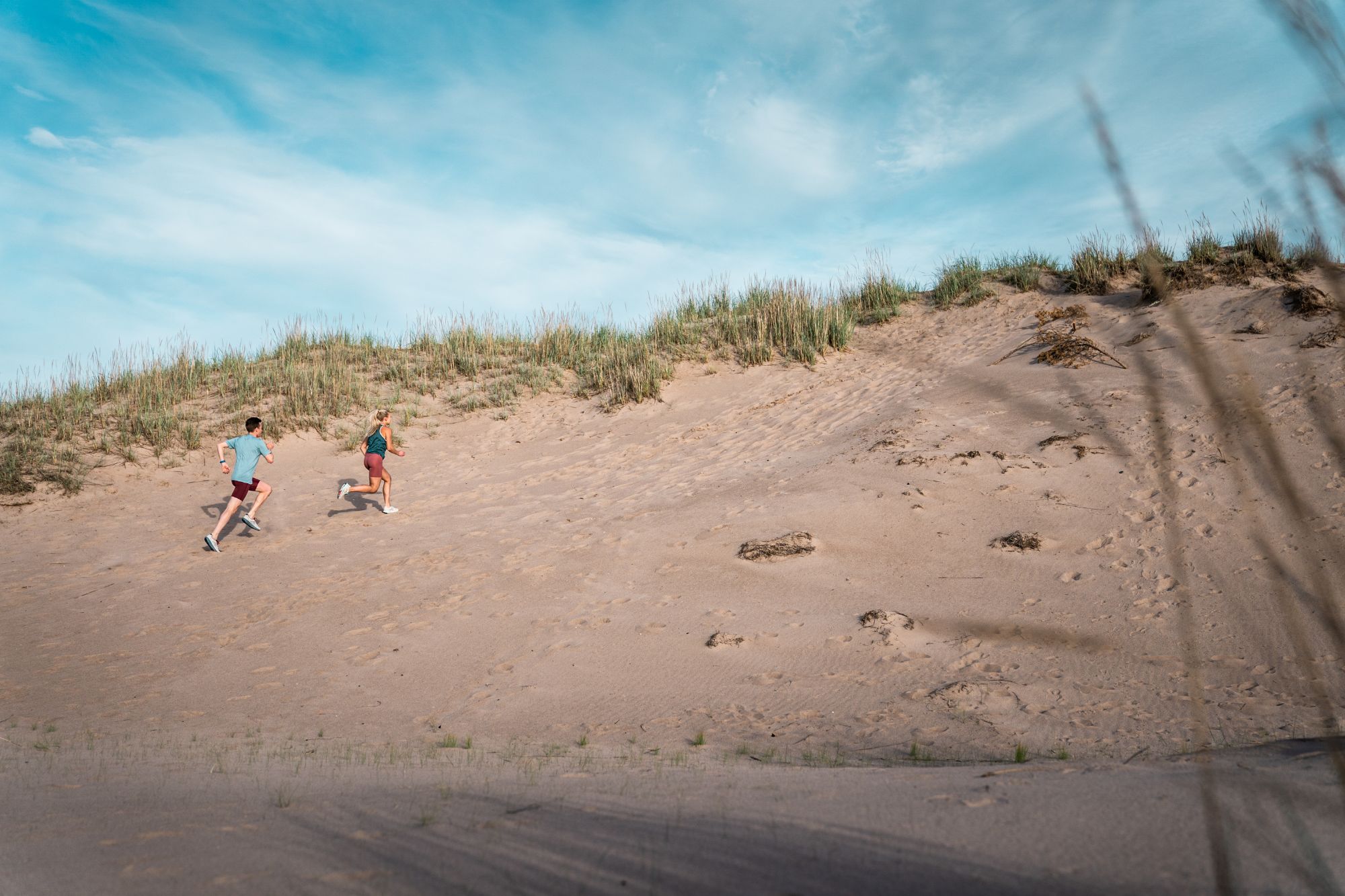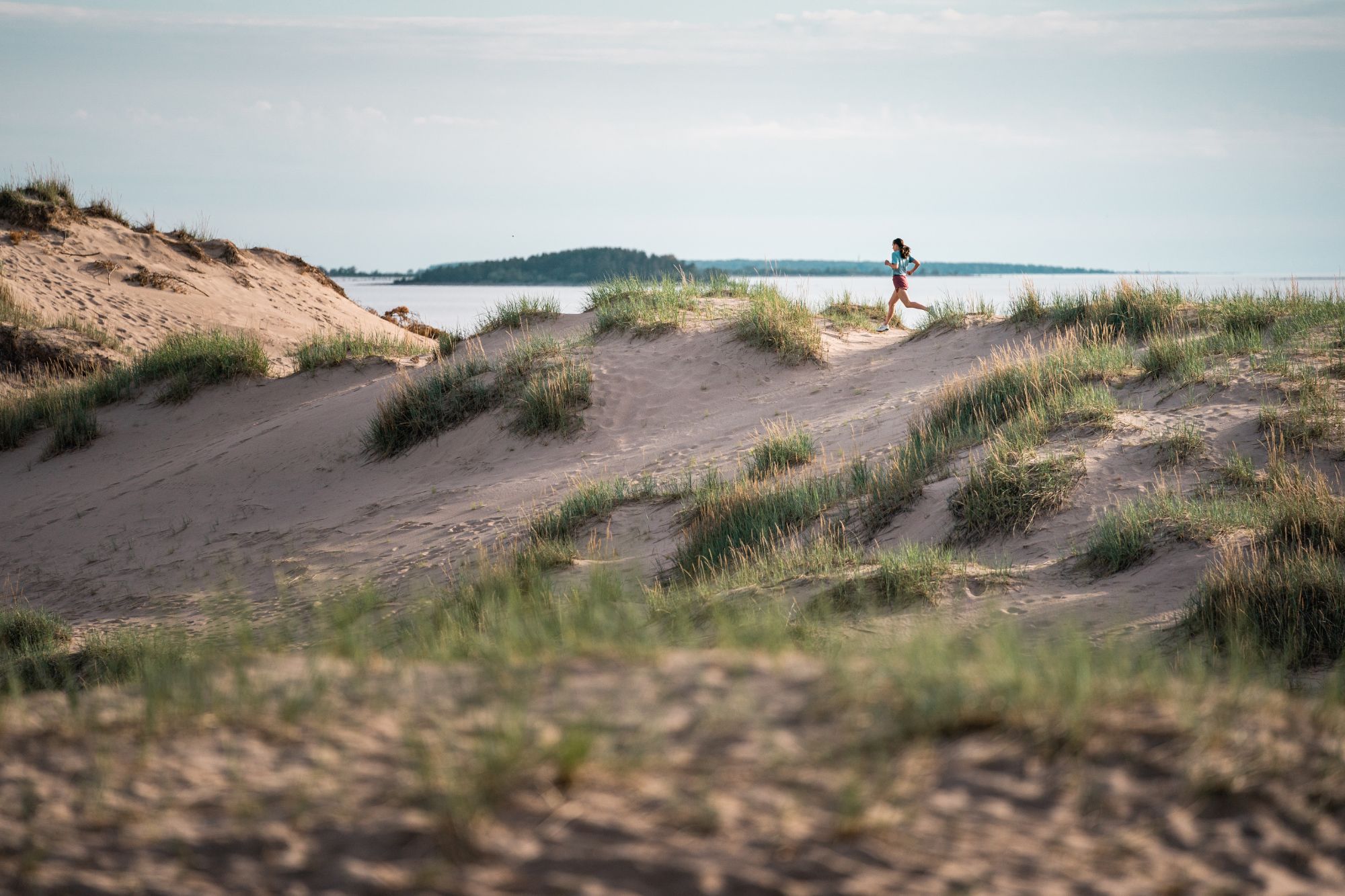With Karhu
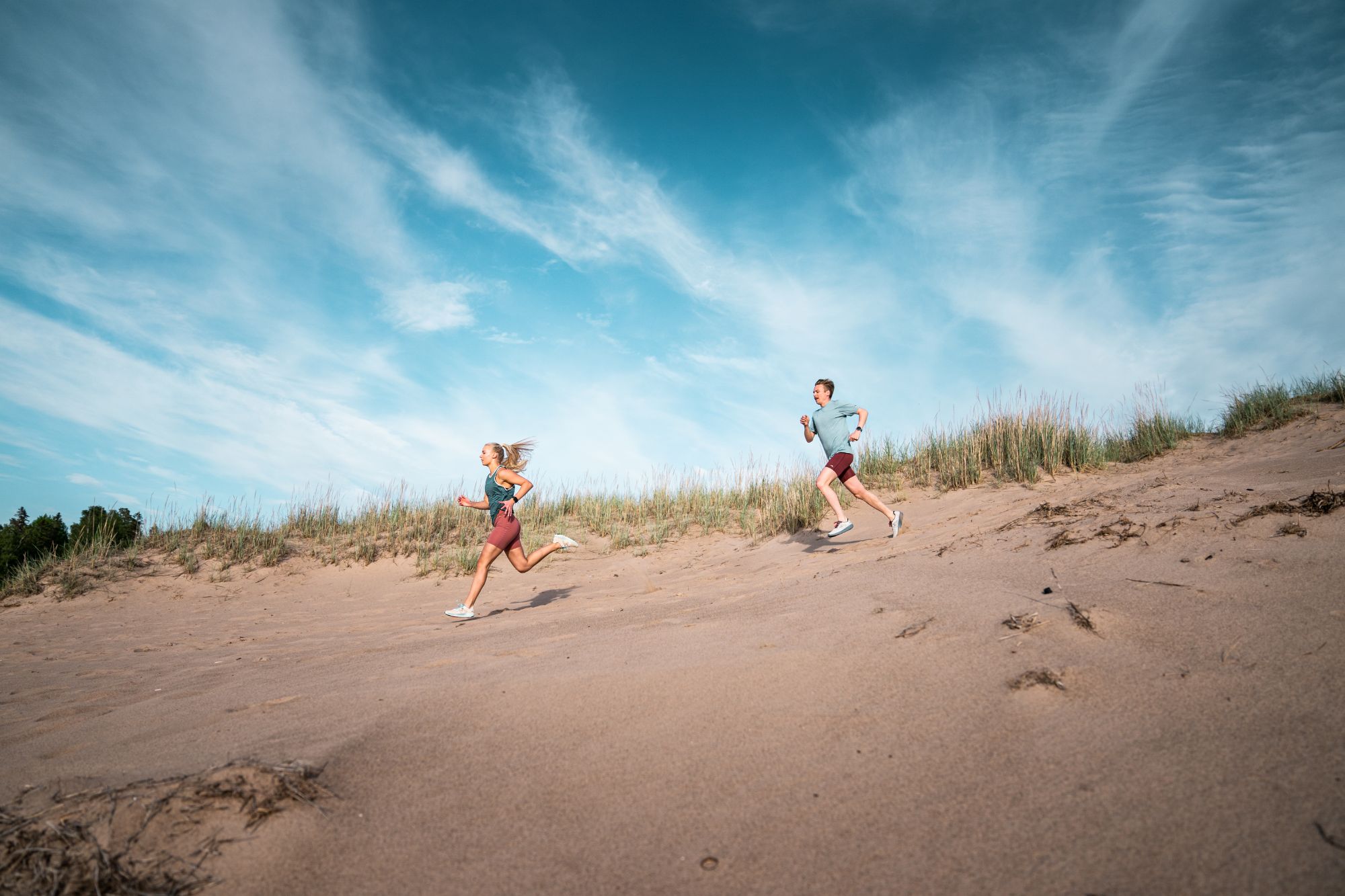
Karhu: discovering the finnish bear
In the country with the lowest population density in the European Union and the highest percentage of wooded area, a brand was born at the beginning of the 1900s with a single purpose: making people go running.
Ab Sportartiklar Oy founded Karhu (that means “bear” in finnish), in a small workshop in the center of Helsinki. With these shoes on, more and more athletes began to win gold medals at the Olympics and in fact, for the following decades, the company remained at the forefront of the running sector. But there is a real peculiarity of this brand that many people are not aware of. In 1951, Karhu sold its iconic three-stripe brand to adidas, who still use it today. At what price? Around 1600 euros and two bottles of whiskey.
This choice does not stop its growth, little by little it continues to expand relentlessly, it evolves and modernizes, thanks also to innovations such as the Air Cushion in the 70s and Fulcrum technology, which facilitates the thrust of running in the 80s. While all the global shoe giants moved their production abroad or to cheaper places, Karhu has kept the production of its products in Finland, making its style increasingly authentic and eco-sustainable. In a rapidly developing world, today this brand has continued to keep pace with a global economy and ever-changing market demands.
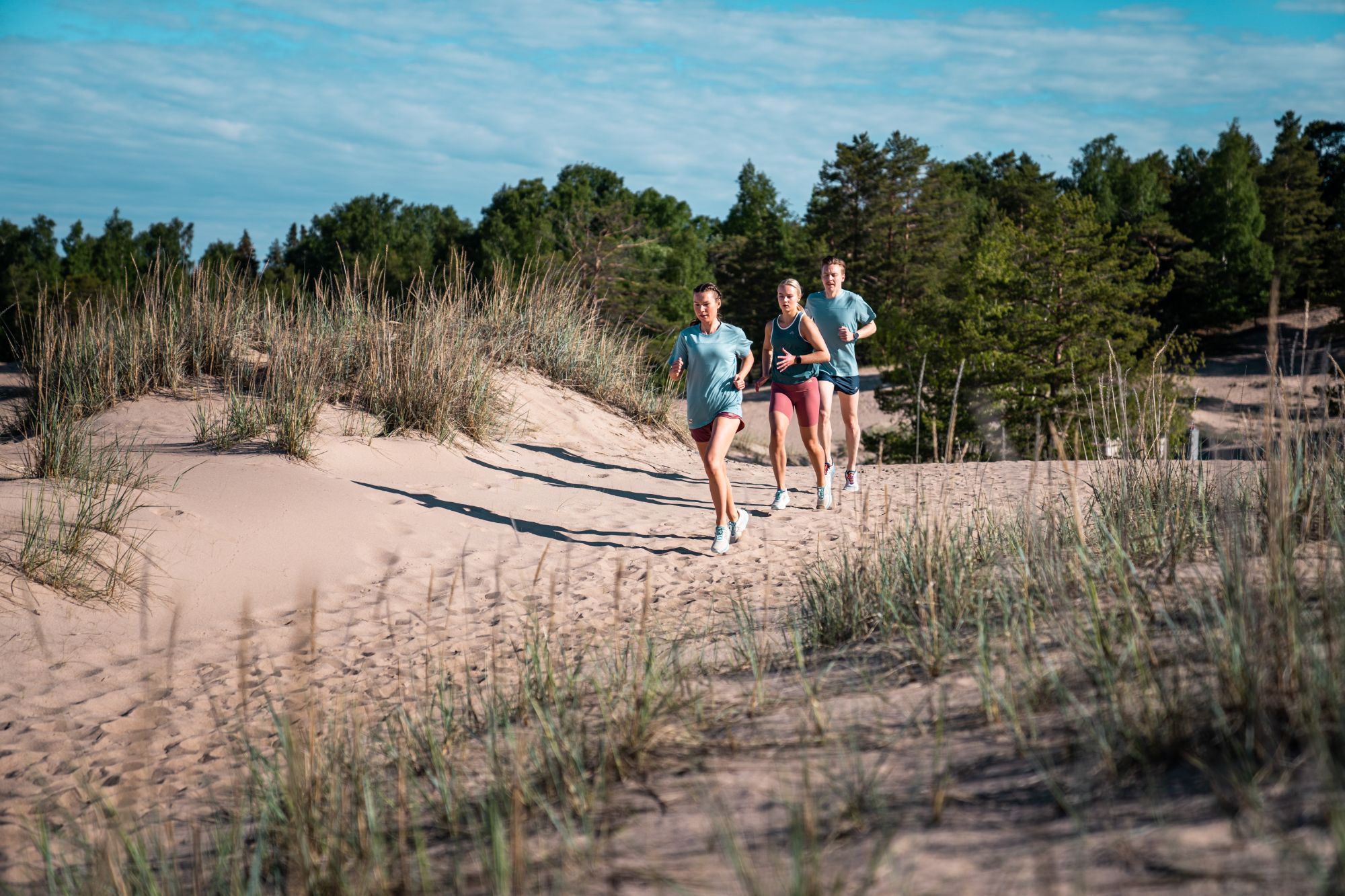
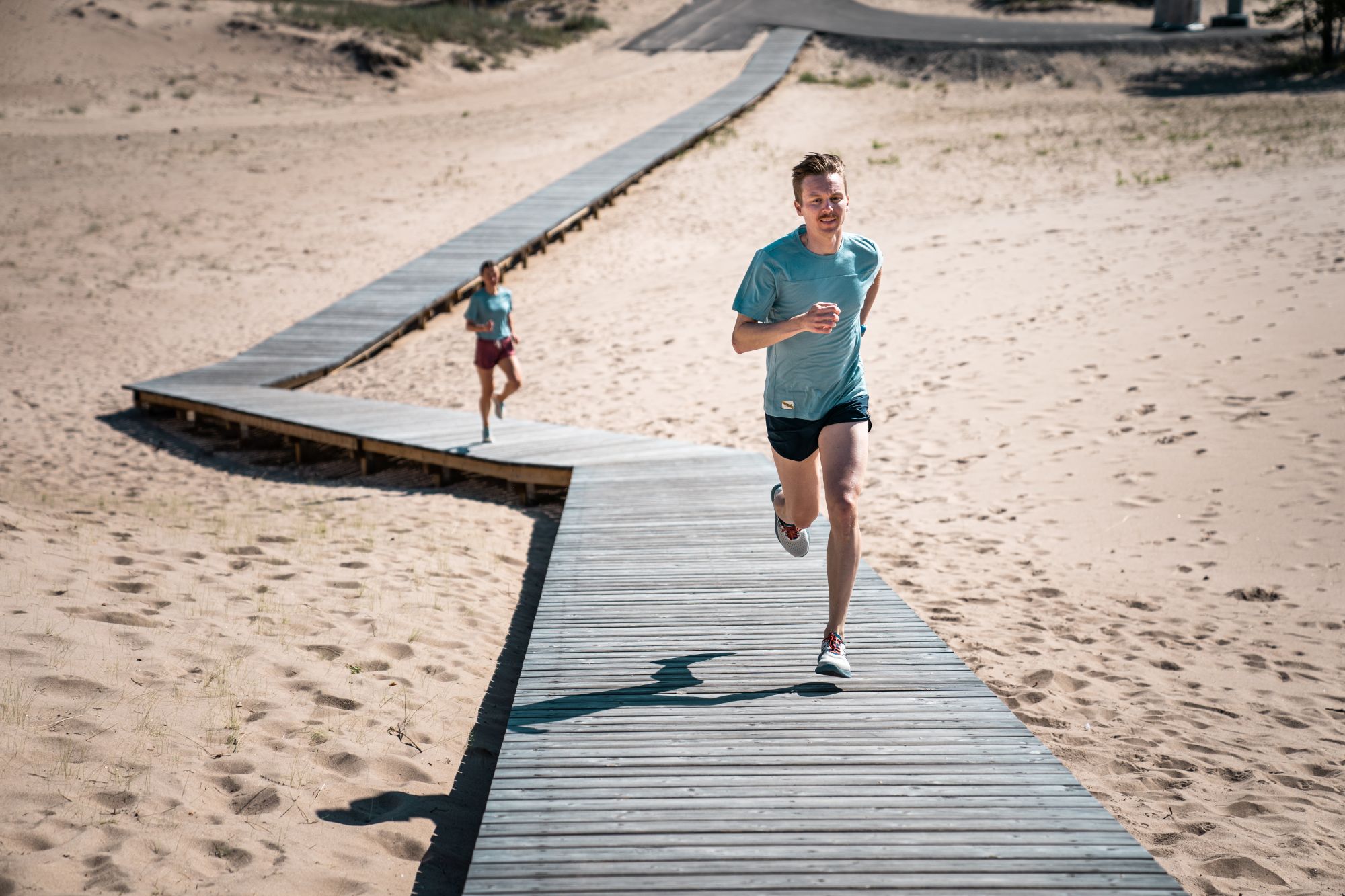
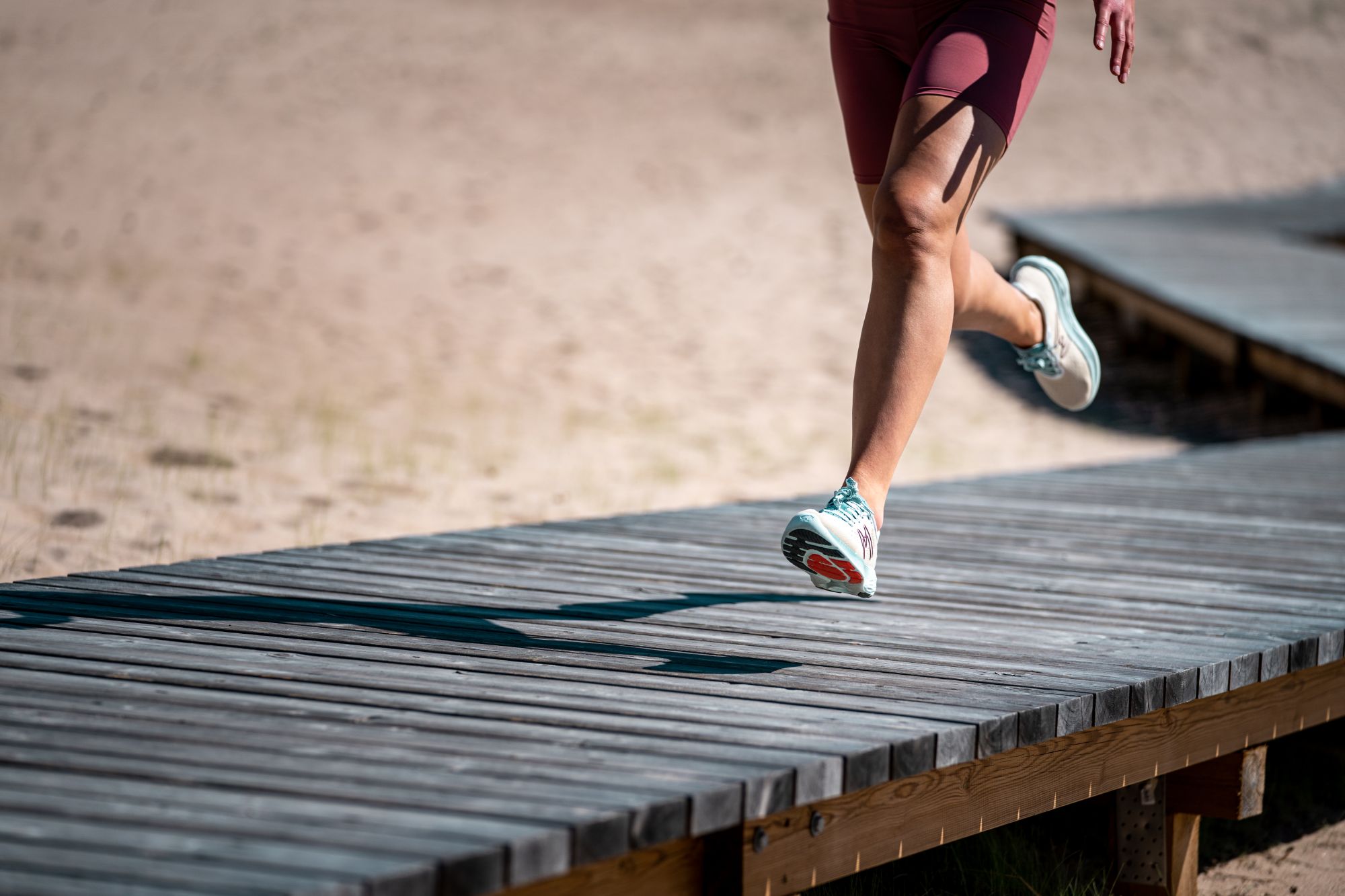
Back to the origins
We flew to Finland, to discover the land of the endless forests and cool beaches of the Gulf of Bothnia, ready to run, test and fully understand the charm of these unspoiled places. With us there’s Ossi Peltoniemi and Hanna-Maija Rantakylä, two Finnish runners. Our destination? Pori, a city located between the woods and the sea.
Running in nature
“In Finland there is a great running culture and indeed in recent years there are more off road runners than the ones on stadium tracks. By now there are few marathon enthusiasts. Our territories are rich in uncontaminated spaces, far from the cities, with splendid lakes and well-kept trails. Moreover, for 6 months a year the trails, especially in Lapland where I live, are covered with snow. For us Finns it is normal to run off road, on ice or in the sand.” Ossi tells me after a few km of running. And indeed, there are asphalted roads, but after hours spent along the coast, we ran mainly on soft and rough terrain. Here nature has taken over and the Finns have not changed it, they have been able to adapt.
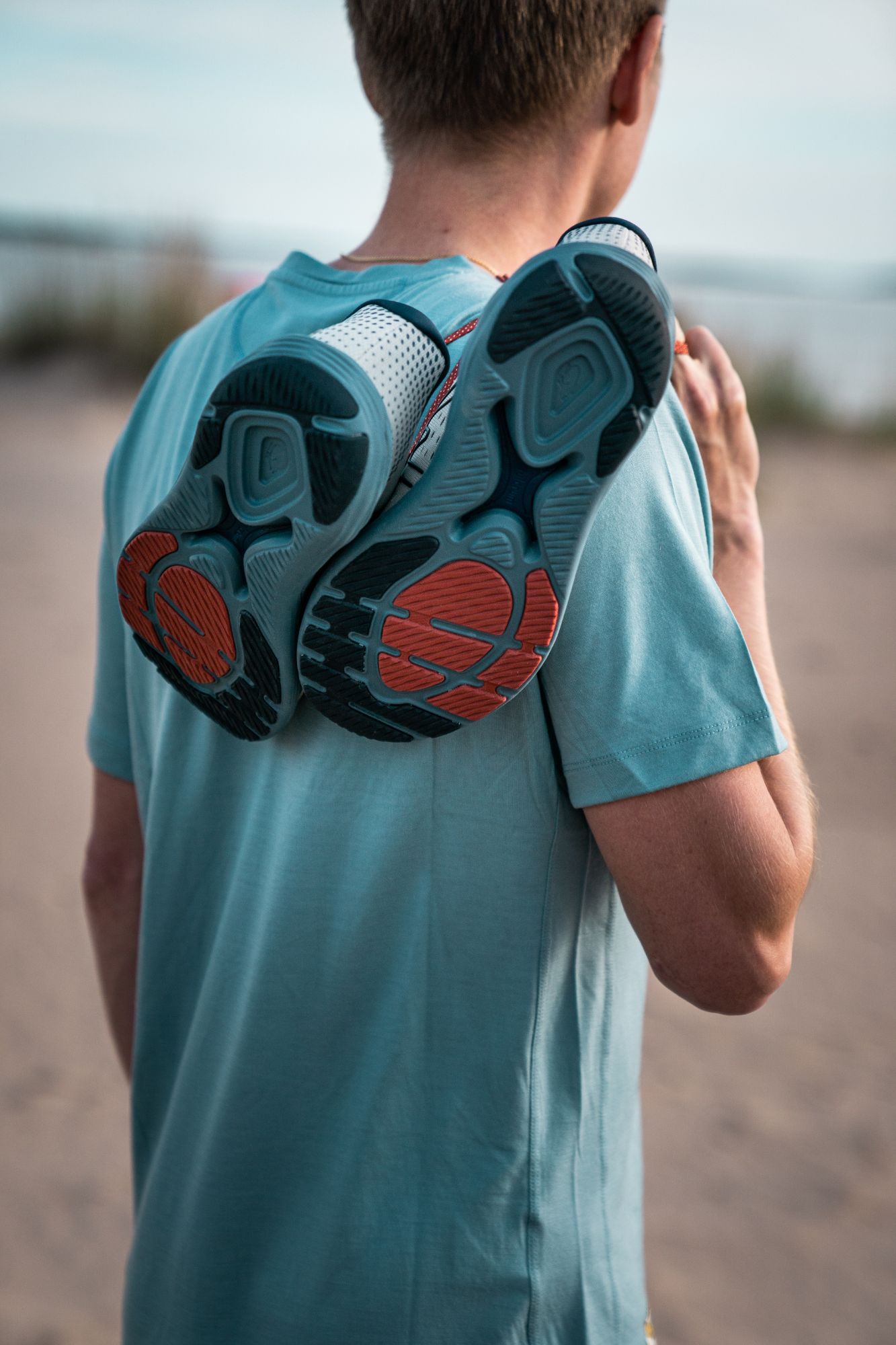
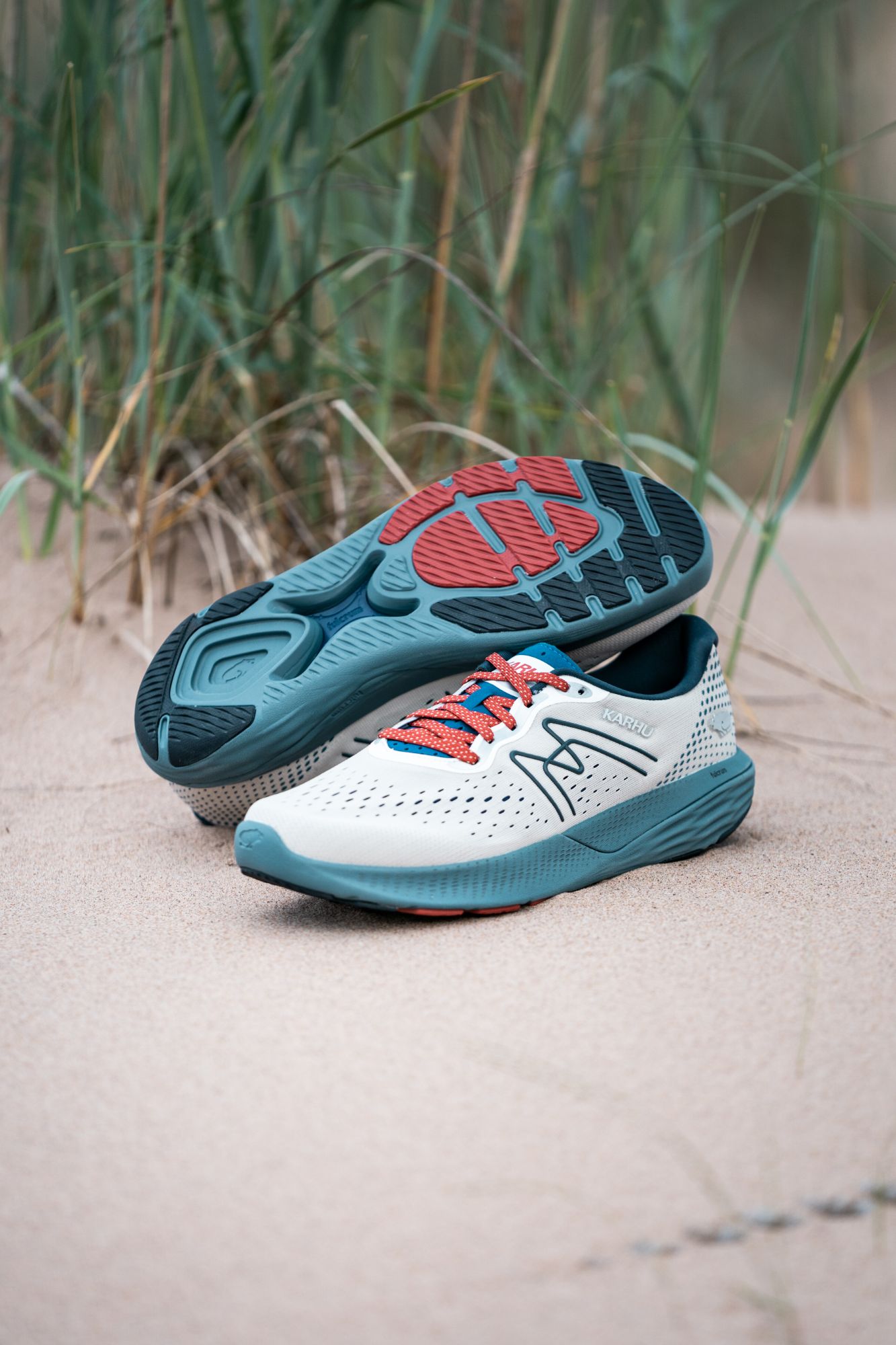
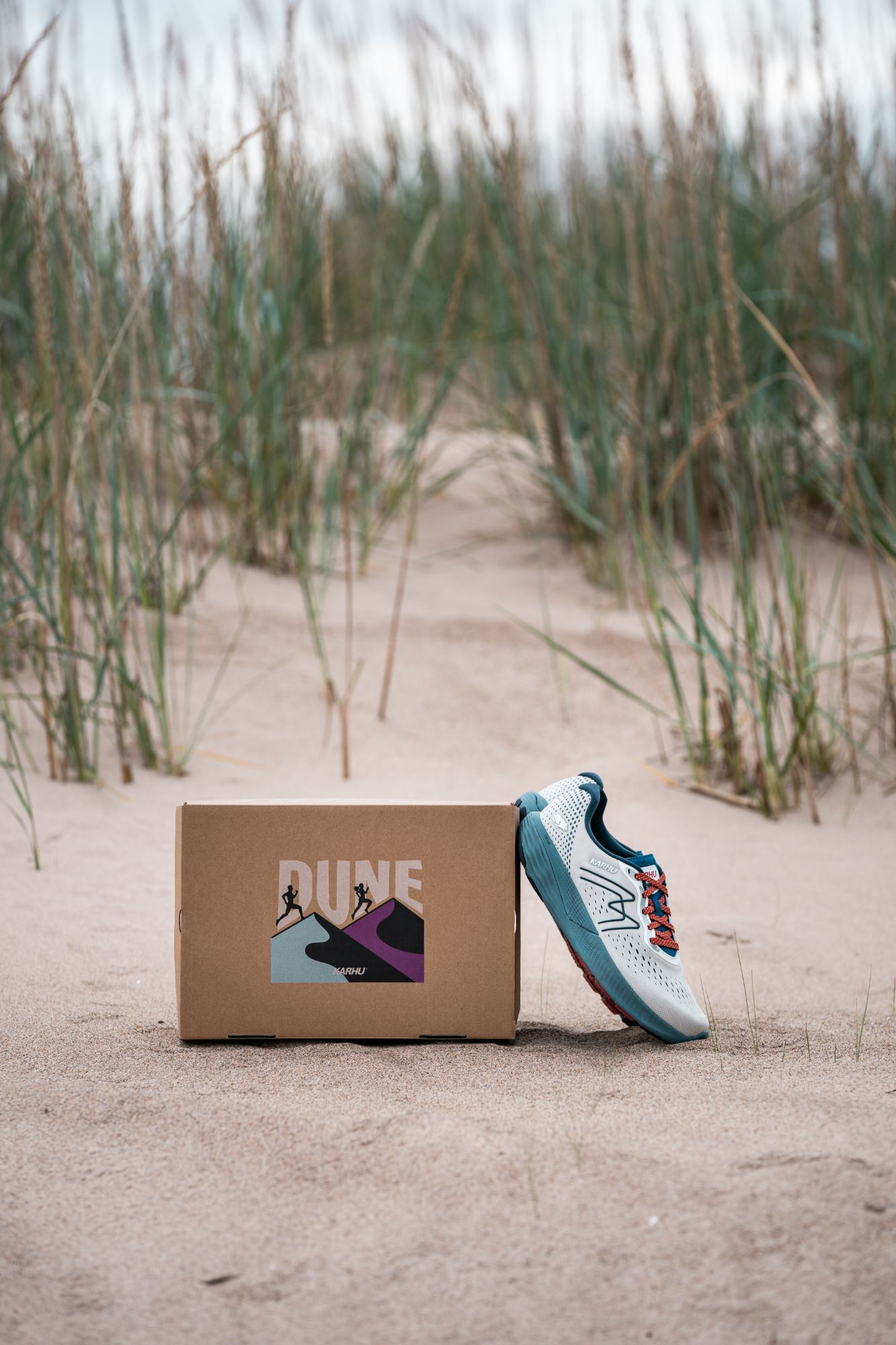
Six months of dark and snow
And when the temperatures drop and it’s dark? “We run anyway” says Hanna-Maija “We do not stop. Obviously, it’s not such an easy condition and there are various precautions to take into account, on the other hand at -25° you have different needs, but in the end we just run.” Ed Ossi, who sees a lot of snow every year, nods smiling. “For example, I rarely use spikes on my shoes, it’s so cold that the ice is dry and I have enough grip with rubber-soled shoes. You just need to dress well and go out.”
Our destination
So we reach Pori, a small town located in western Finland, in the Satakunta region. A moment of well-deserved rest and off we go. The sea awaits us. Long stretches of white sand, some uncontaminated bushes grow here and there among the splendid dunes that leave room for the forest on the edge of the beach. If someone had asked me a few days ago how I expected Finland, I could never have imagined such a place.
“I’ve always enjoyed running on the beach. It is good for the ankles and it fortifies muscles that are not usually used. It is also a great ground for testing shoes…”
Together with us, at our feet, there is the news regarding the Karhu running section: Ikoni 2.0 Dune Pack. A versatile, multi-terrain shoe with great cushioning capacity. Lightweight, comfortable and suitable for both asphalt and more technical terrains. It is precisely this shoe that has accompanied us in our runs in these splendid and unusual sunny days. “It has a nice response and the cushioning is certainly comfortable on the toughest terrains. It could certainly be a good solution if you often switch from asphalt to wilder terrain” Hanna-Maija tells me. Ikoni has been further renewed in its weight making it lighter, with a mesh construction for breathability and continuous support during training. After having tried it both on the sand and on more rigid terrains, we can only be happy.
Our run goes on. Dune after dune we arrive at our destination: a small gulf north of the region’s borders. There is peace and quiet. Even the sea is now flat. We still have many miles to go, the return always has a different taste. But for now we enjoy this place. A good loimulohi (flame salmon) and many stories in front of a bonfire will be waiting for us.
